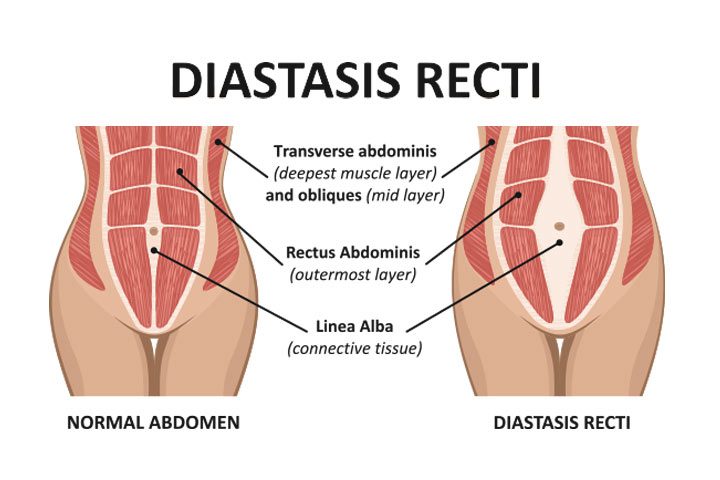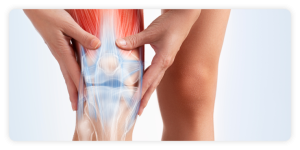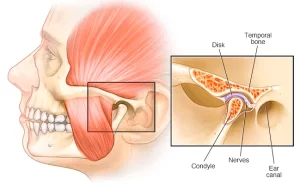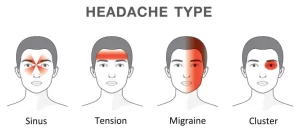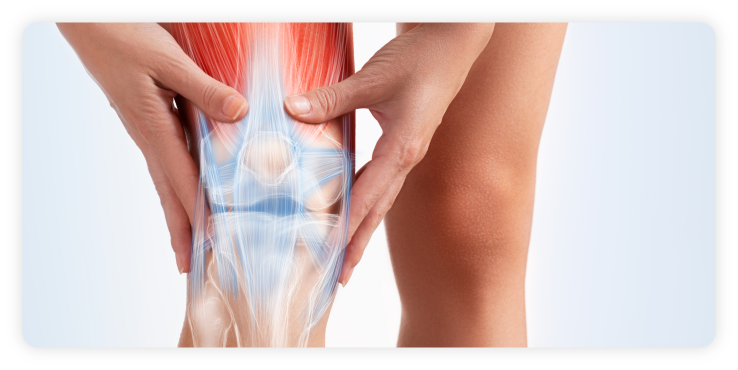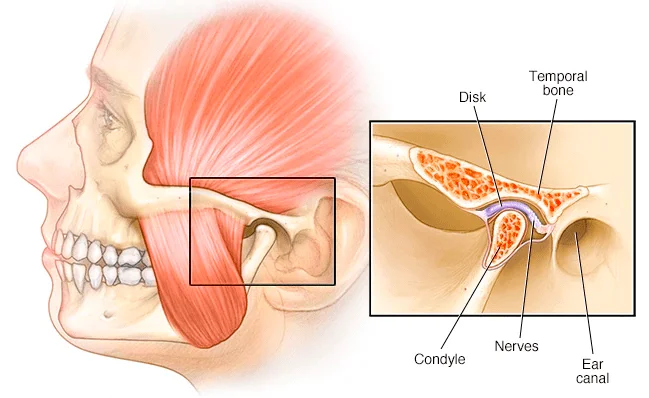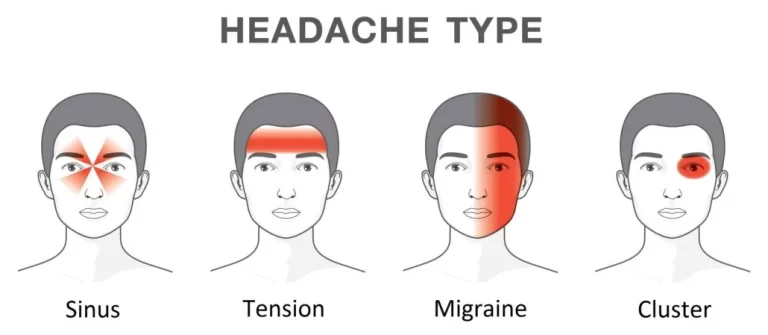What is Diastasis Recti (DR)?
Diastasis Recti (DR) is the partial or complete separation of the rectus abdominis “six-pack” muscles which meet at the midline of the stomach. Diastasis Recti (DR) is very common that up to 60% of women may experience it during pregnancy or postpartum. If you’re dealing with DR, seeking professional support through physiotherapy in Singapore can be an effective way to restore core strength and improve recovery.
Symptoms of Diastasis Recti Gap
The most common symptom of Diastasis Recti (DR) is a pooch or bulge in the stomach, especially when straining or contracting the abdominal muscles. Additional symptoms include lower back pain, poor posture, constipation, and bloating.
What causes Diastasis Recti Gap?
During pregnancy, the abdominal muscles and connective tissues are stretched out from the expanding uterus with the help of the pregnancy hormones (relaxin and estrogen). This is to accommodate the growing baby and prepare the body for delivery. Pushing during delivery can also lead to Diastasis Recti (DR).
Diastasis Recti (DR) Gap Treatment
Physical therapy is a very effective way to manage the symptoms of Diastasis Recti (DR) Gap. It can help improve strength and stamina so you can return to normal activities. Apart from manual therapy, your physical therapist may help you address muscle imbalances, identify which movements or activities to modify or avoid as you recover. These methods will help to strengthen and reduce pressure on your stomach muscle. As treatment progresses, your physical therapist will teach you safe lifestyle recommendations to regain your full function so you can return to the activities that you enjoy. They will also teach posture training which will focus on the transverse abdominis muscles, diaphragm, low back muscles and pelvic floor muscles. You will then be prescribed exercises, stretches and diaphragm releases to help restore normal breathing patterns. If in doubt, please seek professional advice.
Recover Safely with Professional Physiotherapy Support
If you’re experiencing symptoms of Diastasis Recti, don’t wait to get the help you need. Our team at Orchard Health Clinic offers personalised care to support your recovery and strengthen your core. Visit our Physio Clinic in Singapore to learn how we can help you regain strength and confidence.
Check out our popular articles: Diastasis Recti, Tight Back Muscles, Irritable Bowel Syndrome (IBS), Temporomandibular Joint (TMJ) Dysfunction, Tennis Elbow, Wrist Tendon Injury, Sciatica, Whiplash, Hernia, Herniated Disc (Slipped Disc).
